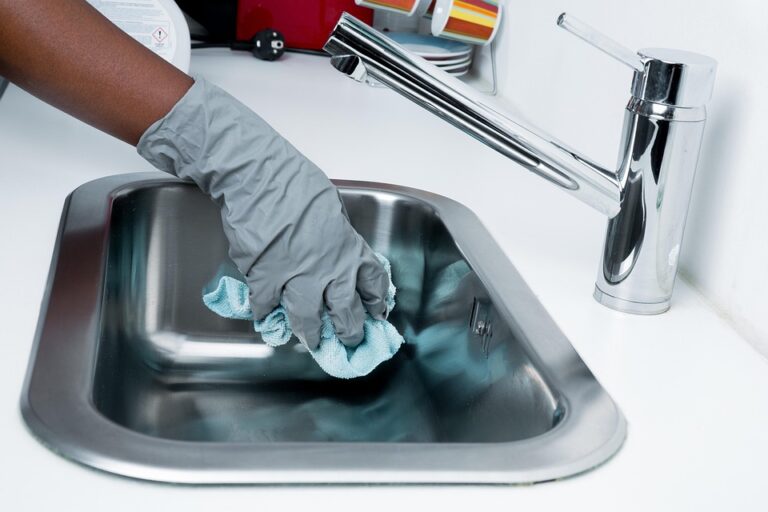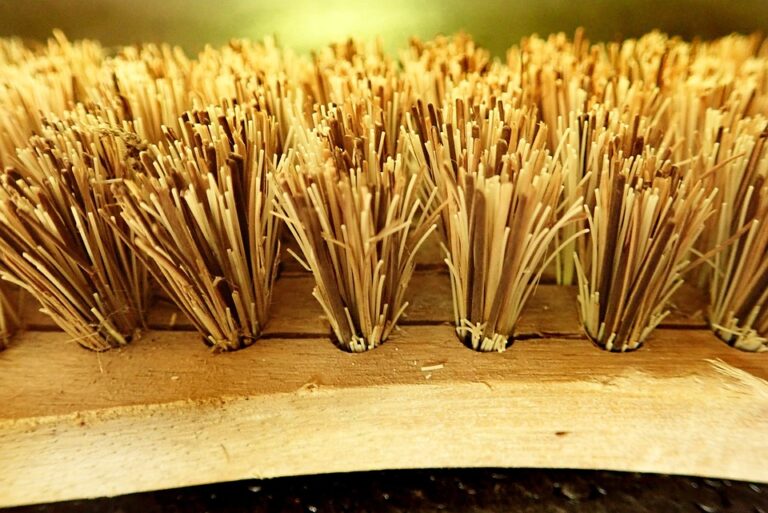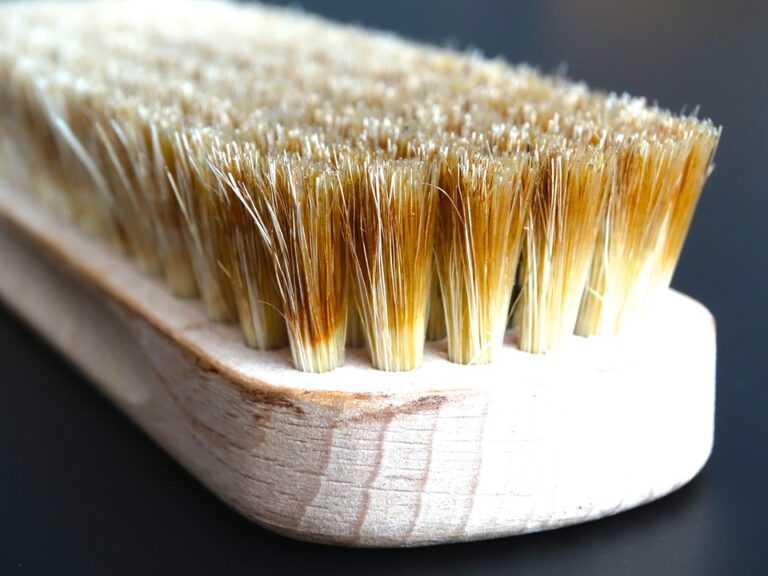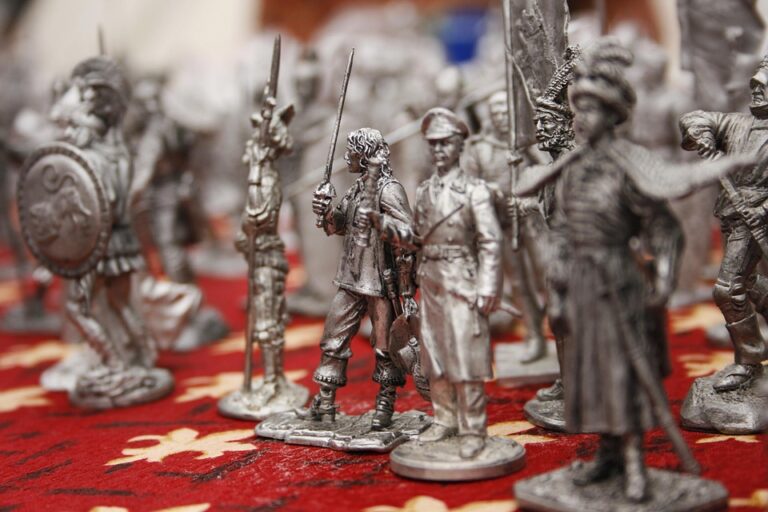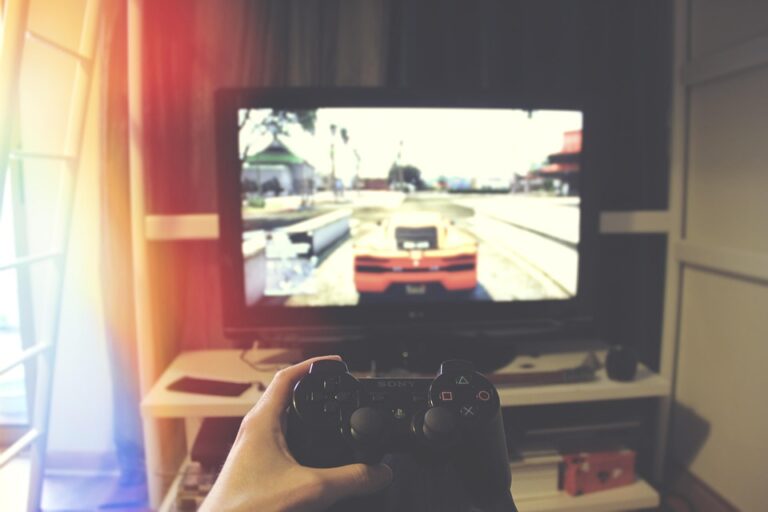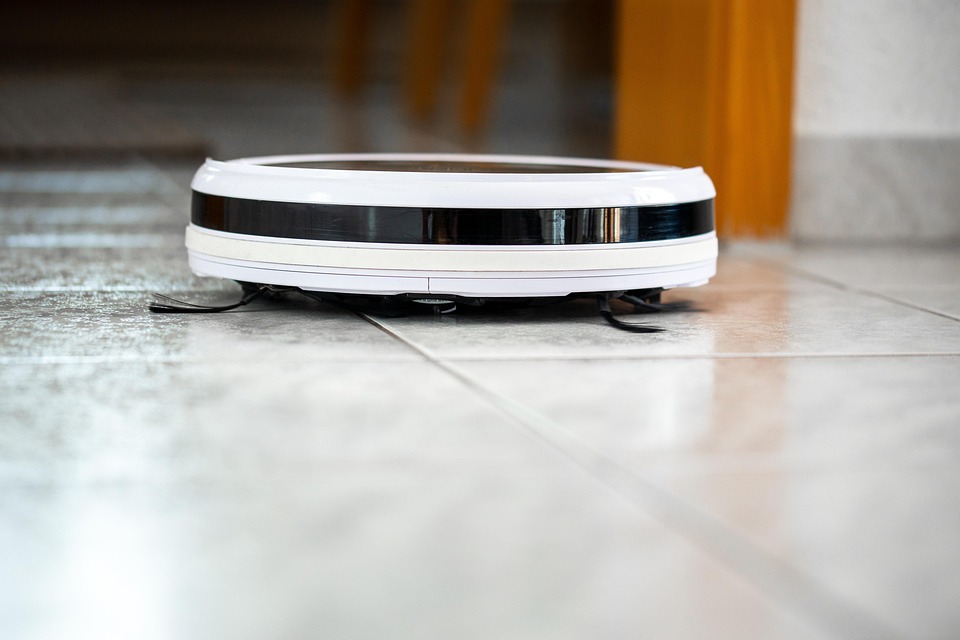
Understanding the Evolution of Vacuum Cleaners: A Comprehensive Guide to Their History and Impact on Modern Cleaning
The vacuum cleaner is a quintessential household device, yet its journey from a laborious cleaning tool to a sleek, efficient appliance is a tale worth exploring. The evolution of vacuum cleaners is not merely a story of technology but a reflection of changing lifestyles, societal needs, and environmental considerations.
1. The Antecedents of the Vacuum Cleaner
Before the advent of the modern vacuum cleaner, cleaning was a physically demanding task. In the 19th century, households relied on rudimentary methods such as brooms, dustpans, and hand-operated carpet sweepers. These tools, though essential, were limited in their effectiveness. The dust and debris that accumulated in homes could only be partially addressed.
Interestingly, the concept of suction for cleaning purposes was not entirely foreign. In 1860, a man named Daniel Hess patented a device that utilised a rotating brush and a bellows to generate suction. Although it did not achieve commercial success, it paved the way for future innovations. This early invention raised an intriguing question: could cleaning be revolutionised through mechanical means?
2. The Birth of the Electric Vacuum Cleaner
The electric vacuum cleaner emerged in the early 20th century, a response to the demands of an increasingly modern society. In 1901, British inventor Hubert Cecil Booth introduced the first powered vacuum cleaner, a behemoth of a machine that required a horse and cart to transport it. His invention employed a motorised suction system, which was a groundbreaking shift from manual cleaning methods.
In the following years, the vacuum cleaner evolved rapidly. In 1907, an American named James Murray Spangler created a portable, electric vacuum cleaner, which he later sold to William Henry Hoover. This partnership marked a significant turning point, making vacuum cleaners more accessible to the average household. The question arises: how did these innovations influence domestic life?
3. The Cultural Shift and Domestic Empowerment
The introduction of the vacuum cleaner was not just a technological advancement; it represented a shift in societal norms. With the vacuum cleaner becoming a staple in homes, the role of women began to transform. The burden of cleaning was lightened, allowing for greater participation in the workforce and social spheres. Historian Ruth Schwartz Cowan noted that "the vacuum cleaner is one of the most significant tools of domesticity, altering not just homes but also the dynamics of gender roles."
Moreover, the vacuum cleaner’s evolution coincided with the rise of consumer culture. Advertisements began to portray these machines as essential for a modern, efficient home. The vacuum cleaner became a symbol of status—an emblem of cleanliness and domestic pride. This cultural shift begs the question: what does our choice of cleaning devices say about our values and lifestyles today?
4. The Technological Revolution and Environmental Concerns
Fast forward to the late 20th and early 21st centuries, and we see the vacuum cleaner’s design and functionality further refined. Innovations such as cyclonic technology and HEPA filters have vastly improved performance and air quality. The rise of robotic vacuum cleaners, like the Roomba, has redefined convenience, enabling users to delegate cleaning tasks while they pursue other activities.
However, with technological advancement comes a pressing concern: the environmental impact of these devices. Modern vacuum cleaners often use materials that are not easily recyclable, and their energy consumption can be significant. The question of sustainability in cleaning technology has become paramount. As consumers, how do we balance convenience with ecological responsibility?
5. The Future of Cleaning
Looking ahead, the vacuum cleaner’s evolution is likely to continue, driven by advancements in smart technology and sustainability. We are on the verge of a new era where artificial intelligence could lead to even more autonomous cleaning solutions. Yet, this raises another question: will the future of cleaning retain the intimacy associated with traditional methods, or will it become a cold, mechanical chore?
The vacuum cleaner’s journey is a microcosm of broader societal changes—reflecting our values, challenges, and aspirations. As we embrace new technologies, it is crucial to remain mindful of their implications, both for our homes and the planet.
In summary, the history and evolution of vacuum cleaners illustrate the intricate relationship between technology and society. As we navigate the complexities of modern life, let us not forget the role of such innovations in shaping our daily experiences. For those keen to discover more about practical gadgets and household essentials, BargainsTrust continuously brings you a selection of quality products to enhance your cleaning routine and overall lifestyle.

